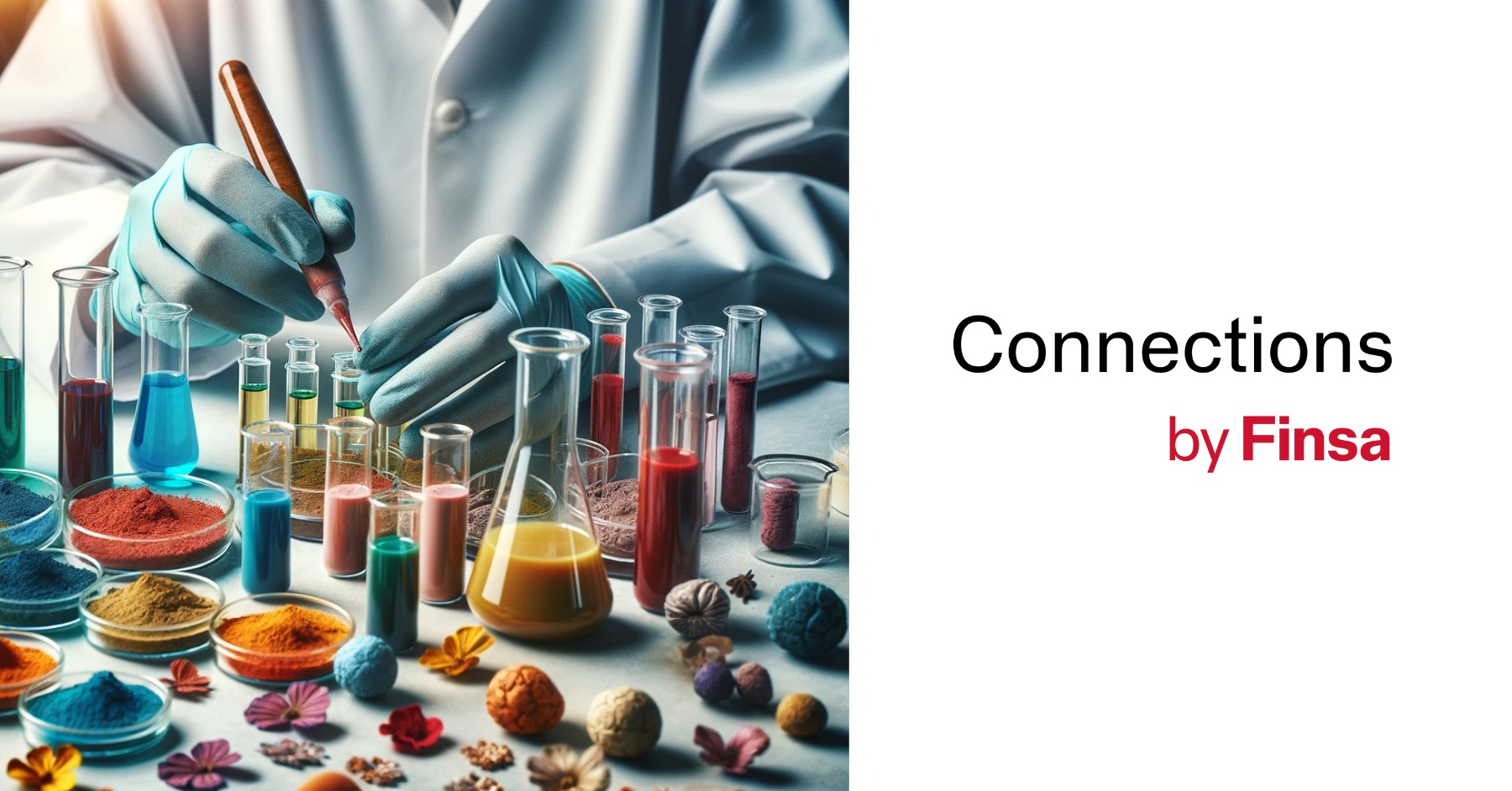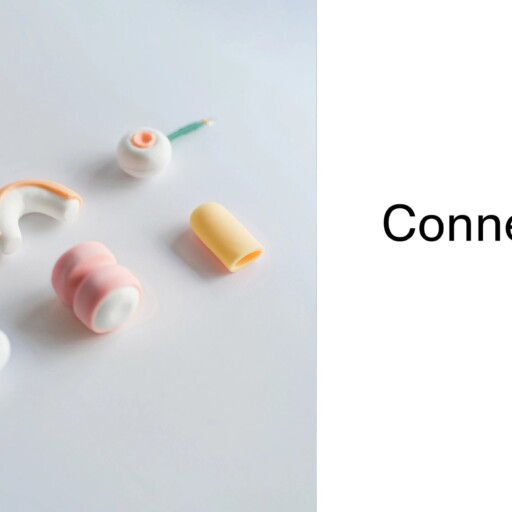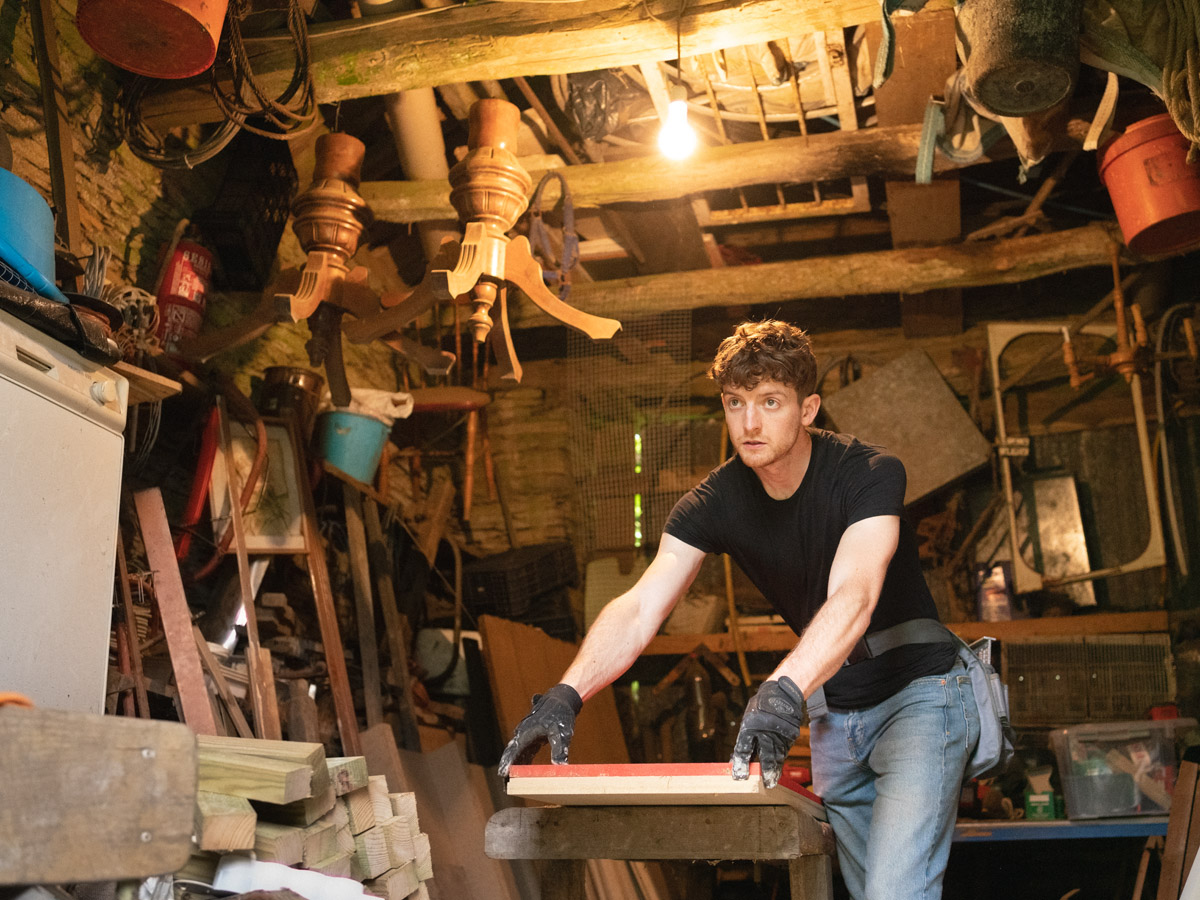Dyes and colorations, especially in the textile industry, account for 20% of water pollution. Measuring and reducing emissions and consumption in these processes on a large scale is key to promoting the use of more sustainable pigments in interior design. In this report, we identify six types of implementations that are moderately established in the market.

Water utilization techniques
There are three ways to reduce water exploitation in dyeing processes: efficient consumption, which reduces the need for water by up to 95%, the elimination of water in favor of CO2 in the treatment, and centrifugal dyeing, based on the mixture of pigments and recycled polyester. These techniques use fewer chemicals and reduce CO2 emissions. They are the most suitable solution for large volumes, but require the supply chain to make a significant investment.
We have some examples in DyeCoo DyeOx, a technology that uses CO2 instead of water. GreenTech, IKEA’s investment arm, has joined Nike as promoters in the Dutch developer company, DyeCoo.
Zero dyes
Under this innovation, products are manufactured without color, respecting the natural coloration that occurs during their creation. This option is accessible in terms of volume, although color changes occur depending on the organic variation of the fiber used.
Brands like The Tartan Blanket Co offer undyed collections, including a line with 89% guaranteed traceability Peruvian yarn and 11% recycled nylon.
Ver esta publicación en Instagram
Zero waste pigments
In Europe alone, more than 15 kilograms of textile waste are generated per person, mostly from everyday and home clothing. This fact has been taken as an idea to generate a technique that extracts dyes from used garments and processes them with the aim of giving them a second life through green chemistry and ionic liquids.
This is what the British startup DyeRecycle does. Each garment dyed in this way reduces chemical elements by 85%, water resources by 66%, and emits 57% less CO2 emissions.
Ver esta publicación en Instagram
This is also the case with Ignorance is Bliss, which dyes ceramic tiles with waste from the metal industry, a direct application in interior design.
Ver esta publicación en Instagram
This alternative would be more suitable for low production lines, depending on the technology usually worked with.
Microbial color
Yes, it is possible to pigment using bacteria that also eliminate toxins and do without water. The British company Colorfix genetically modifies microorganisms to create colors through fermentation. It is implemented in textiles of all kinds, from streetwear to home products. This is one of the technologies with the greatest scalability potential.
Natural dyes
This type supports the use of biodegradable elements and those that have completed their first life cycle. A notable case is that of Phoebe Lewis, an industrial designer who develops color ranges from algae, with the aim of recovering marine funds and coastal communities. A real purpose plus for sustainability.
Ver esta publicación en Instagram
This is a solution for small quantities that adds value to the resulting objects by linking them to the organic essence of the natural elements they originate from.
Botanical and food waste pigments
Leaves and walnut shells can be converted into a fully traceable chromatic base thanks to NFC technology (near-field communication, like that used by credit cards and mobile phones). We find an example in cotton dyed with camellias, which also provides a high level of protection against ultraviolet radiation (UPF 50) without using synthetic additives. We have another notable case in the Upstate brand, which designs home objects based on roses or mushrooms.
Ver esta publicación en Instagram
This technique, like natural dyes, consists of a tool more thought for capsule collections and adds the added purpose of caring for agricultural systems and biodiversity in general.
Six standards and certifications to keep your colors true
If you want to ensure the traceability and sustainability of pigments, these are the six certifications and key standards to look for:
- Cradle to Cradle: a global standard for products that audit circularity.
- Oeko-Tex: tests hazardous substances in synthetic dyes and ensures products are safe.
- ECO PASSPORT by Oeko-Tex: independent certification for chemicals, colorants, and derivatives used in the textile and leather industry.
- Bluesign: unites the entire textile value chain to reduce the impact on people and the planet, focusing on more sustainable chemical solutions.
- Zero Discharge of Hazardous Chemicals Foundation: aims to eliminate harmful chemicals in all supply chains, thus protecting workers, consumers, and ecosystems.
- Sustainable Chemistry for the Textile Industry: a group of chemical industry companies committed to transformative change in the use of substances in the textile and leather chains.
Future challenges in the use of sustainable pigments in interior design
Although these techniques result in more efficient water resource use, reduce dependence on seasons, and do not require farmland, there are still some challenges to face.
Limitations in the color palette of natural materials, seasonal variability in availability, and the need for mordants to fix some natural dyes, which would detract from their beneficial qualities for the environment, must be assimilated. Additionally, the dyeing process with sustainable materials can be more expensive and less efficient in some cases. The industry will need to work together at all points in the value chain to achieve economic and environmental balance.




